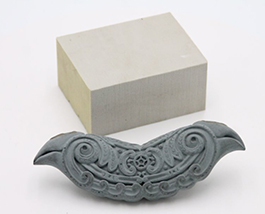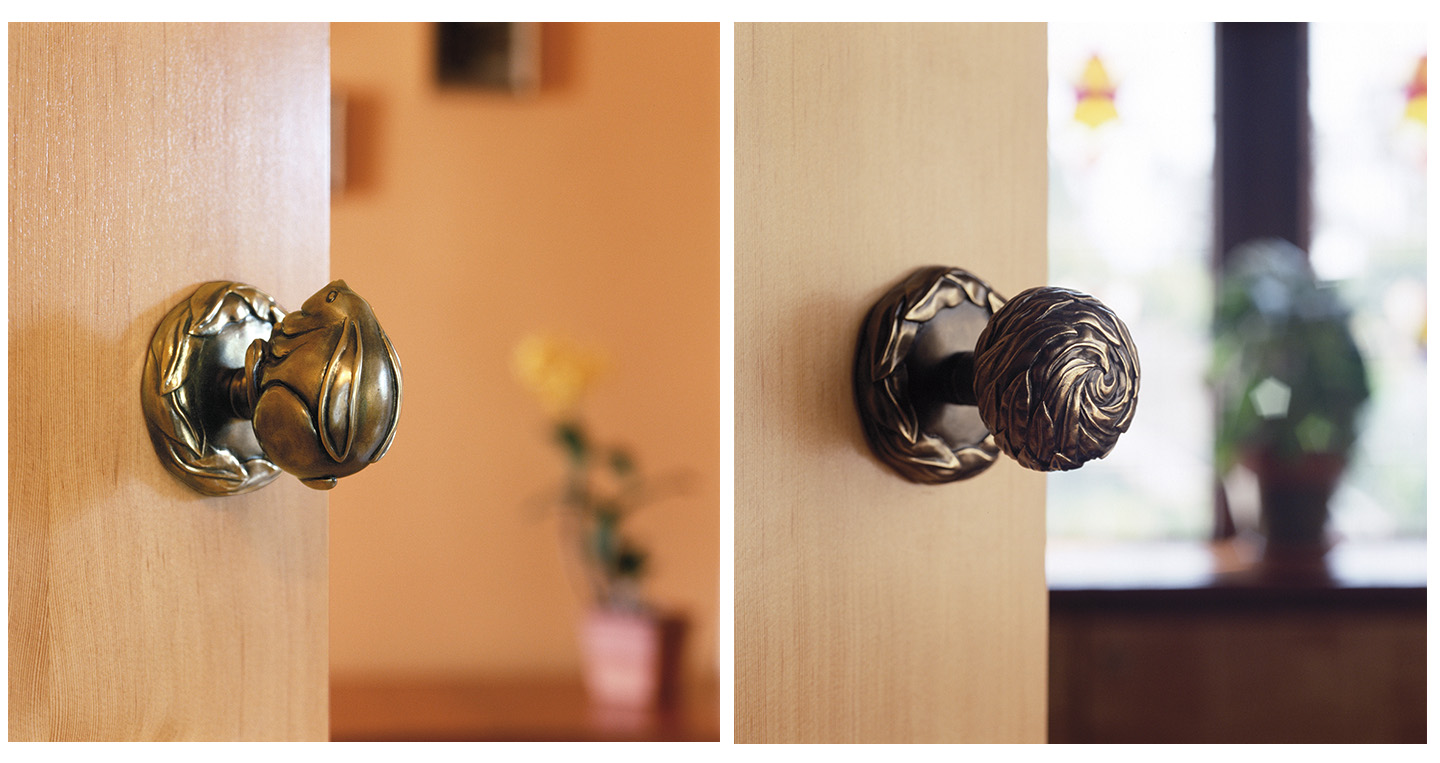Persian Cat Functional Art Now A click Away
Having released one dog doorknob as an item that can be purchased online, we needed to placate the cats and have now set the Persian cat to follow in the footsteps of the English Bulldog.
Jackson, our feisty and loving Pitbull is ambivalent when it comes to cats, when stationary he finds them curious but when running his baser instincts show themselves. Martin has rationalized that all a cat needs to do in Jackson’s company is remain still but he failed to tell this to Arlo on a recent outing to Paso Robles but thankfully the diligent cat owner intervened to end the pursuit. Unlike Jackson, Martin Pierce does like cats, and we share a special fondness for the Persian variety.
As with our English Bulldog we are rolling out the Persian cat door knocker, leash hook, door pull and non-turning dummy knobs all of which are easily installed using basic tools and by following our installation guide. The doorknob set at present can only be purchased by contacting us by email or phone as we need to ensure the set is correctly installed by a professional and the correct type of latch is supplied and would prefer to chat with you to trouble shoot the installation. While the simple tubular latch is easy to install and is included with the door set, customers will first need to check that their door stile is wide enough for the 3” backplate and assess whether their existing knob set has a square or rounded edge faceplate, hence the need for more direct contact with the consumer.
The Persian cat is one of the oldest cat breeds and as its name suggests was bred in Persia the former name for Iran. The breed is distinguished by its snub nose and bulbous cheeks which lend it a comical and youthful countenance. Clearly soft and cuddly, this breed has sturdy legs and a thick body, and seem content to lounge around and be indulged by their doting owners.















































